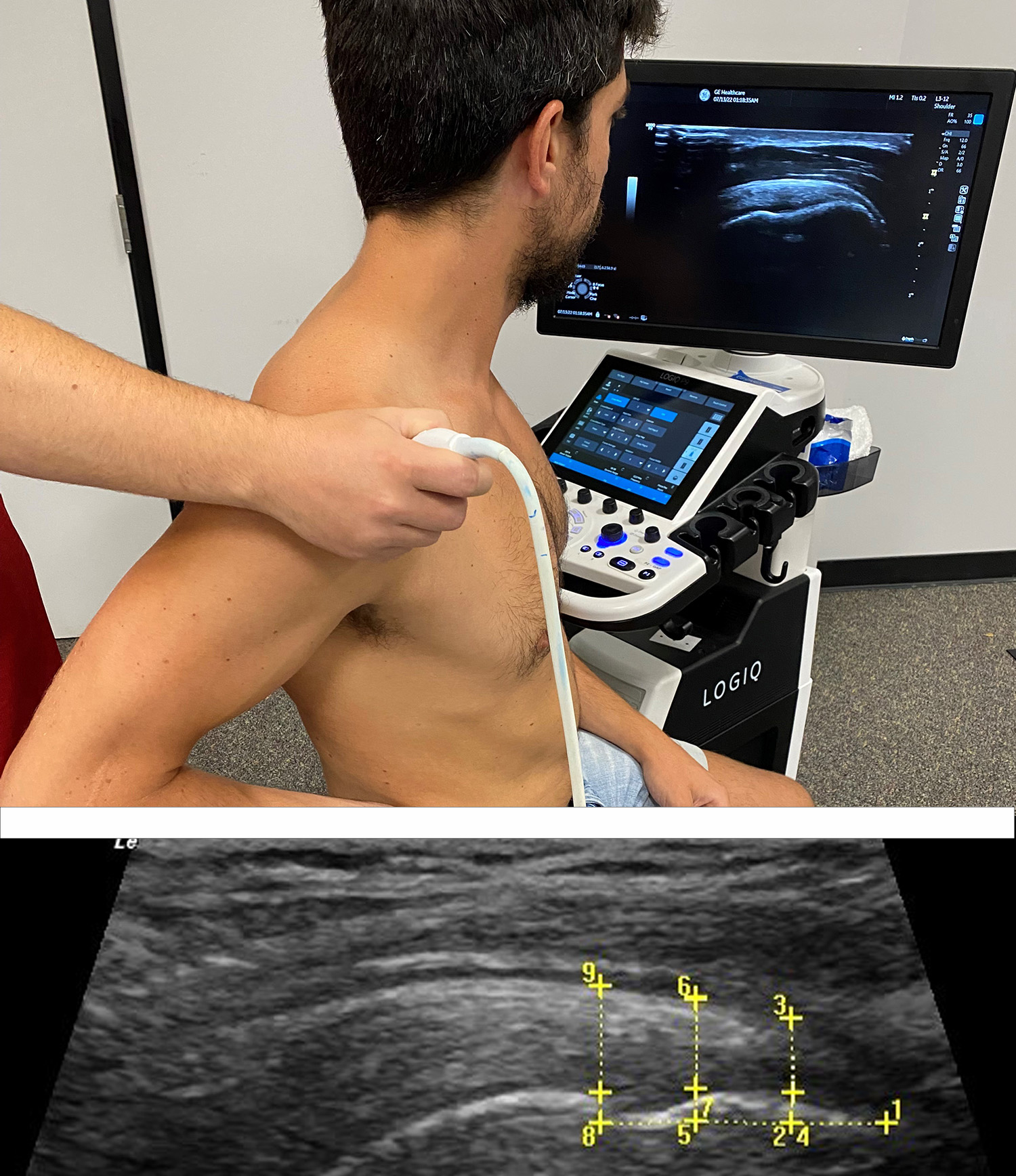01.26.2023
By uscbknpt
Physical Therapy Researchers Probe Shoulder Tendon Issues

With a new grant from the Foundation for Physical Therapy Research, Professor Clinical Scholar-Physical Therapy Lori Michener aims to use imaging to help physical therapists individualize therapy for patients experiencing shoulder tendon injury.
BY KATHARINE GAMMON
TENDONS CONNECT MUSCLE TO BONE, and in the human shoulder, they are incredibly important. The joint is more of a golf ball on a tee than a ball in a socket, so it relies on surrounding tissue to hold it in place. When the tendons are injured, people experience shoulder joint pain, Physical therapy is helpful, but not everyone enjoys positive therapeutic outcomes with resistive exercise.
Professor Clinical Scholar-Physical Theapy Lori Michener aims to better understand the intricacies of shoulder tendon injuries, with a new grant from the Foundation for Physical Therapy Research for a study titled “Biomarkers of Tendon Recovery for Rotator Cuff Tendinopathy.”
Ripe for Investigation
Michener’s career has been focused on diagnosing people with rotator cuff problems. “We have looked at the mechanisms of why the muscles don’t work as well in patients and how that may impact the way the shoulder moves from both the muscle and bone perspective,” she said. “If we understand what’s not working well, then we will better be able to deliver exercises that target those deficits.”
What’s new about this study is understanding how muscles impact the tendon itself. What does exercise do to the structural and material properties of the tendon?

Tendons are ripe for investigation, Michener said. While lots of research has gone into understanding tendon injuries at the ankles and knees, it turns out it’s harder to image the tendons in and around the shoulder using ultrasound.
Michener and her colleagues have been using ultrasound to study the shoulder rotator cuff tendons.
With this grant, she plans to study how the tendon responds to resistive exercise. Ultrasound can easily be done in the clinic and may be uniquely able to deliver personalized treatment based on how the tendon responds.
Thickness of the Tendon
“We really want to understand: Can we simply image it, and can that help us decide if you’re getting enough exercise, or enough load on the tendon?”
Tracking how thick the tendon is — a marker that represents collagen fiber degeneration — can show how the tendon is responding to exercise, and will lead to personalized recommendations for the shoulder, she said. “We want to use the marker to decide whether more or less exercise is necessary.”
For some people who hit a plateau in their tendon recovery, the imaging markers can be particularly important. It can give patients objective, measurable evidence of their recovery process. The study will look at 35 patients over four weeks of exercise.
Michener joined the Division in 2014, and has spent most of her career studying shoulder injuries. She is leading several studies, including one of 100 pitchers studied over three years, and another study of how people’s brains perceive pain.
She’s driven to know why some people don’t get better with physical therapy.
Shoulders are endlessly fascinating, according to Michener.
“The shoulder has so much mobility, which puts at risk for so many different injuries,” she said. “And the mobility produces the stability, which really then relies on a lot of soft tissue for providing stability and movement. So it’s quite intriguing to study.”

